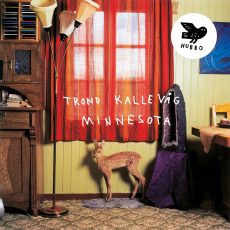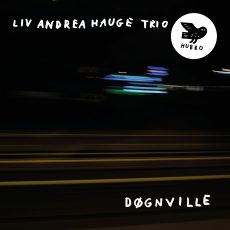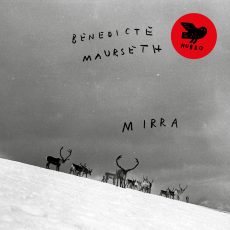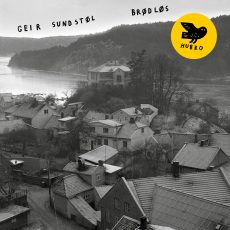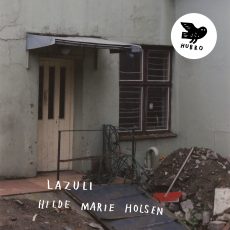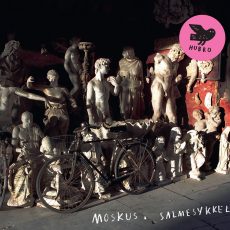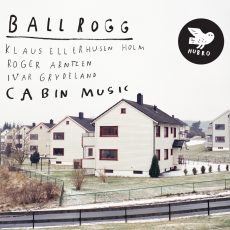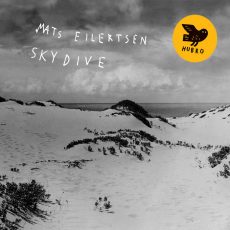To speak in tounges
“Glossolalia” is the first-ever solo album by the innovative musician Sigbjørn Apeland, a courageous and challenging recording of improvised music for the harmonium.
The term ‘glossolalia’ comes from the Greek ‘glossa’ meaning ‘tongue’, and ‘lalia’, meaning ‘to speak’. To speak in tongues is to talk in unintelligible sounds in a state of religious ecstasy. The title of the album is a play on the instrument’s association with low-church traditions, that the music ‘came to’ Apeland in an inspired moment, and that the harmonium, unlike the church organ, has metal tongues instead of pipes.
The harmonium had its heyday between 1880 and 1960; its technical limitations resist all types of virtuosic performance. “Most harmoniums are old and poorly maintained, and often out of tune – and sometimes they are more or less defect,” says Apeland. “Although this is a problem for trained musicians, I have instead attempted to exploit the potential of these defects to create a new and previously unheard kind of music.”
“I grew up with the instrument, but changed to piano and organ – right up until I rediscovered the harmonium as a very versatile instrument in my collaborations with Norwegian folk musicians. I gradually began to discover the potential of the instrument in improvised and experimental music settings.” Apeland describes the music on the album as his “attempt to create a form of ambient acoustic music.”
Sigbjørn Apeland (born 1966) is a Norwegian record producer, musician (organ, harmonium) and the only Norwegian to have obtained a doctorate in ethnomusicology. He is known for his distinctive mix of folk music, church music and improvised music. He works as an organist, and specialized in free jazz with the legendary British drummer John Stevens; he has contributed to numerous recordings with Nils Økland and Sigrid Moldestad, folk singers Åsne Valland Nordli, Berit Opheim Versto and Agnes Buen Garnås, jazz musicians Øyvind
More
“Glossolalia” is the first-ever solo album by the innovative musician Sigbjørn Apeland, a courageous and challenging recording of improvised music for the harmonium.
Harmonium heyday
The harmonium had its heyday between 1880 and 1960; its technical limitations resist all types of virtuosic performance. “Most harmoniums are old and poorly maintained, and often out of tune – and sometimes they are more or less defect,” says Apeland. “Although this is a problem for trained musicians, I have instead attempted to exploit the potential of these defects to create a new and previously unheard kind of music.”
“I grew up with the instrument, but changed to piano and organ – right up until I rediscovered the harmonium as a very versatile instrument in my collaborations with Norwegian folk musicians. I gradually began to discover the potential of the instrument in improvised and experimental music settings.” Apeland describes the music on the album as his “attempt to create a form of ambient acoustic music.”
Sigbjørn Apeland
Sigbjørn Apeland (born 1966) is a Norwegian record producer, musician (organ, harmonium) and the only Norwegian to have obtained a doctorate in ethnomusicology. He is known for his distinctive mix of folk music, church music and improvised music. He works as an organist, and specialized in free jazz with the legendary British drummer John Stevens; he has contributed to numerous recordings with Nils Økland and Sigrid Moldestad, folk singers Åsne Valland Nordli, Berit Opheim Versto and Agnes Buen Garnås, jazz musicians Øyvind Skarbø, Per Jørgensen and Bjørn Kjellemyr, electronica innovators Alog and noise duo Golden Serenades, in addition to many others.
Andreas Risanger Meland |Sigbjørn Apeland










